Read any good books lately? Books open up new worlds and introduce readers to new and sometimes controversial ideas. So every year we hear about schools, bookstores, and libraries being asked to remove books from their shelves. Why? Sometimes the books are deemed to be too violent, too religious, too occult, or simply offensive by some group.
The funny thing about rules and cultural norms is that they change. What was considered offensive at one time is now recognized as great literature or simply nonoffensive. Almost half (46) of the Radcliffe Publishing Course Top 100 Novels of the 20th Century were actually banned at one time. Click here for a look back at the top banned books over time.
Banned Books Week ( September 23 – 29) is an annual awareness campaign that celebrates the freedom to read, calling attention to the books and materials that have, at one time in history or another, been challenged or banned from public consumption.
Join us as we celebrate Annual Banned Book with a round up of our favorites.
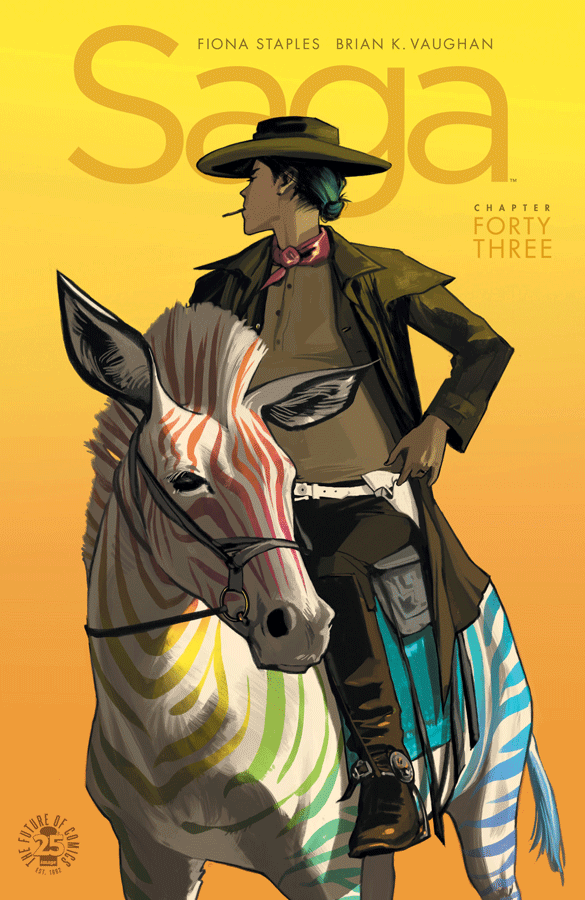
Britt
Saga (Graphic Novel Series) by Brian K. Vaughan
Banned for: nudity, offensive language, sexually explicit
The main story revolves around two lovers from opposite sides of a galactic war who want nothing more than to find peace for their unique little family. But will they ever find it?
First off, I want to say that this 30+ award-winning graphic novel series is undeniably written for adults. All of the above-mentioned accusations are validated right off the bat- even a few of the covers have been deemed controversial. Make it past the first few pages, however, and you will open the gate to a bizarre universe that some describe as “Star Wars meets Game of Thrones.” Vaughan has done a tremendous job marrying the fantasy and sci-fi genres in a totally unique way.
If you’re digging the idea of this marriage between sci-fi and fantasy, but #parentlife isn’t really your thing, don’t lose interest just yet. This universe is filled with some of the most diverse cast you’ll ever lay eyes on. Vaughan follows no rules with it comes to age, gender, ethnicity, and social roles. In fact, some of these themes play a major role in the story of this riveting series. But, as a fellow reader once said, don’t take my word for it.
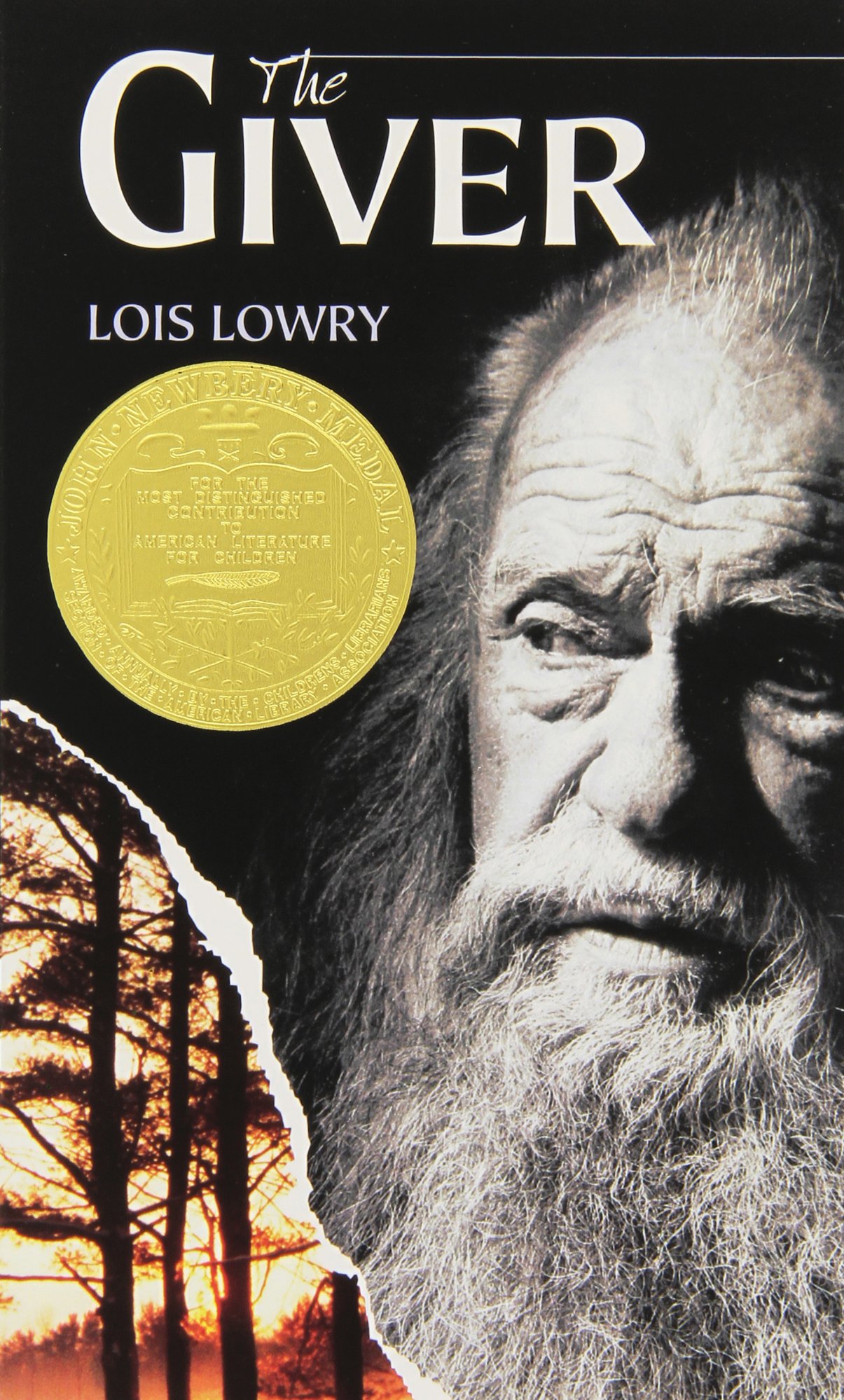
Cherilyn
The Giver by Lois Lowry
Banned for: Unsuitable for age range, violence, sexually explicit
The Giver is set in a dystopian future where humanity is protected from all physical and emotional pain. Their days, schedules, occupations, partners and entire lives are dictated by a council of elders. In an effort to rid the world of pain, humanity abdicates the freedom of choice for harmony.
That is, until eleven-year-old Jonas sees a color for the first time. Unbeknownst to his community, their world is in black and white. And in a world that prioritizes sameness, he is now different. The elders select him to meet with The Giver for training. The Giver is responsible for remembering everything that happened “before.” Before when there were seasons, snow, birthday parties, sunburns, broken arms, and battlefields.
He learns the subjugation of pain and choice also means foregoing joy, and he has to decide if that’s a world he wants to live in.
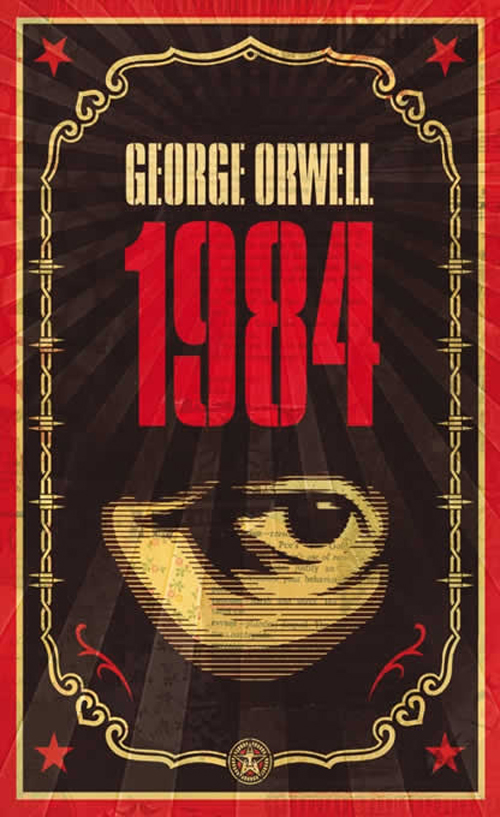
Lorraine
1984 by George Orwell
Long before the current set of dystopian novels, such as Hunger Games, Divergent and Ender’s Game, authors such as Aldous Huxley (Brave New World), Ray Bradbury Fahrenheit 451, and George Orwell (Animal Farm and 1984) were telling tales of a dim and not too distant future.
Repeatedly been banned for its social and political themes, as well as for sexual content 1984 has stood the test time.
In his bleak society, there is no individuality or free thought. The Party ( government) rewrites history, believing if you tell a lie loud enough and often enough, people will accept it as truth. In an era of” Fake News” and “Alternative Facts” his predictions of a totalitarian government using language to discourage free thinking feel frighteningly possible.
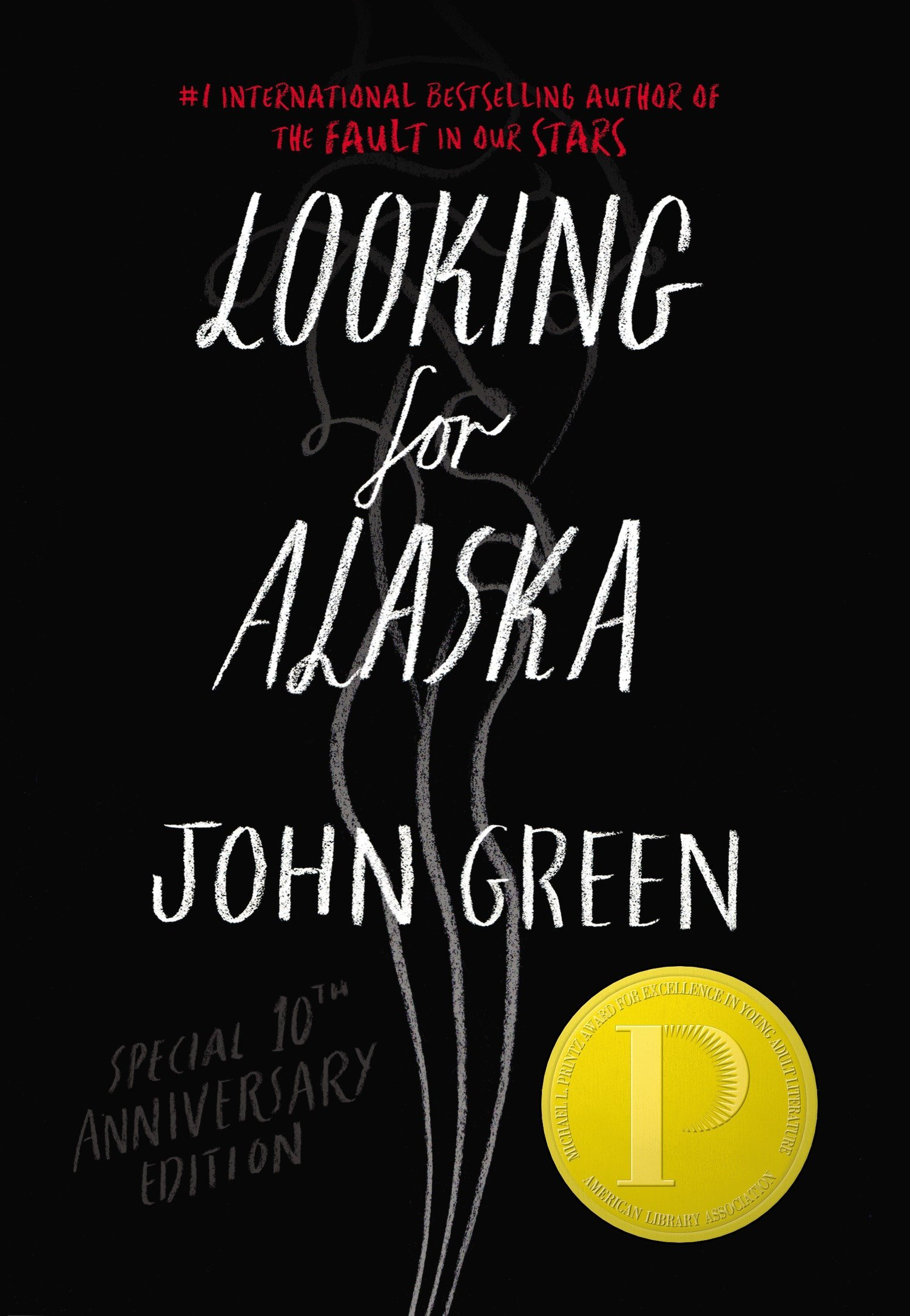
Melanie
Looking for Alaska by John Green
Banned for: obscene language, sexual content, and depiction of tobacco and alcohol use
Miles “Pudge” Halter is a unique kid with a penchant for famous last words. He is new to a boarding school, where he quickly befriends other students, including a girl named Alaska Young. This quirky group is not unlike any other group of teens; they like pulling pranks, dating, alcohol, and sex. Pudge develops feelings for Alaska, and halfway through the book, Alaska is killed in a car accident. It’s unclear whether the crash was accidental or purposeful, and such as in life, there is no clear answer.
This book, written by Indianapolis native John Green, tells the story of the adventures of these kids with honesty. In a sugar-coated world, it’s the sincerely believable stories that stand out. Life is messy, and finding closure in tragedy is both difficult and different for every person. This book is a work of Young Adult Fiction, and the intended audience should be mature enough to handle the themes of the book at their own discretion. Green himself has been public in regards to his feelings about the banning of this book. You can listen to more of his thoughts here, but the most impacting statement is this: “Ultimately, if you have a worldview that can be undone by a novel, let me submit that the problem is not with the novel.”
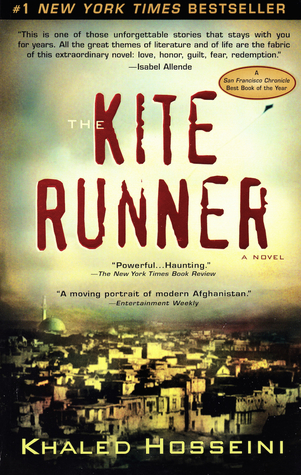
Page
The Kite Runner
Banned for: Sexual violence, “promoting Islam,” “lead to terrorism”
Despite what the banning reasons would have you believe, the Kite Runner is a story about two boy’s friendship growing up in Afghanistan, with themes revolving around the relationship between fathers and sons. The narrator, Amir, is the son of a wealthy businessman who he affectionately refers to as Baba. His best friend is Hassan, the son of one of Baba’s servants. They spend most of their days together kite fighting in monarchical Afghanistan, with Hassan serving Amir as the best Kite Runner, who runs to retrieve the kite after it’s been cut, in the city. When tragedy befalls the boys during a kite fighting match in the city, their lives are changed forever. As the story goes on and follows Amir as he gets older, it also follows tumultuous events in Afghanistan, from the fall of the monarchy through the Soviet military intervention, the exodus of refugees to Pakistan and the United States, and the rise of the Taliban regime.
Ultimately what many reasons for banning books comes down to is rejecting exposure to another point of view or culture, and that couldn’t be more true with the Kite Runner. Islam is not a major theme of this book, in fact it’s hardly touched on at all. But in the post-9/11 world, any book about Muslims is subject to banning. This book is vital to breaking through the Islamophobia that is rampant in America, because it is just a beautiful story about two boys who fly kites and would sacrifice anything for each other.
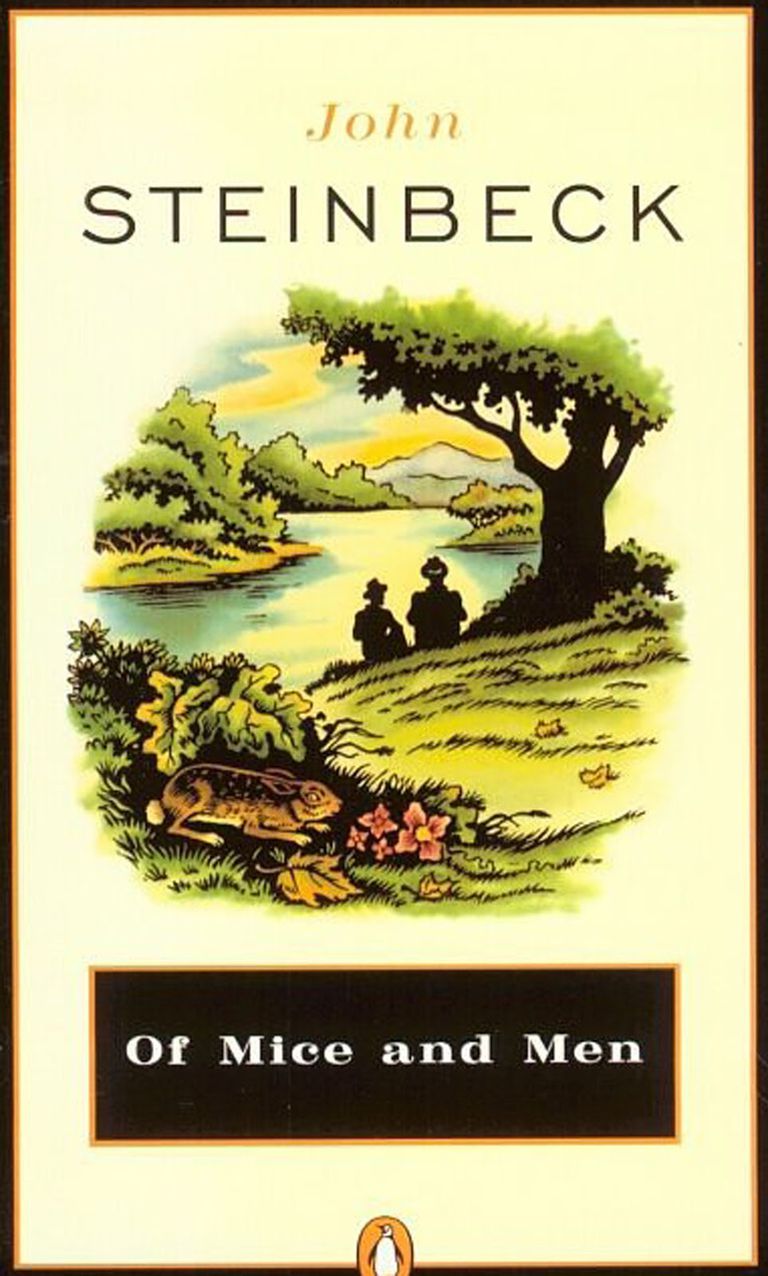
Sam
Of Mice and Men by John Steinbeck
Banned for: Profanity, using God’s name in vain, racial slurs, sexual overtones, morbid and depressing themes
John Steinbeck’s classic, Of Mice and Men, tells the story of migrant workers George Milton, a smart but uneducated man, and Lennie Small, a large, strong and mentally disabled man. The pair travel across California in search of work during the Great Depression while working towards their dream of one day owning land, a home and a farm of their own.
Now a common staple in high school classrooms (that is where I first read it), this book was banned and challenged for years for a variety of reasons, but one that deserves to be read.
Heart breaking yet somehow inspiring and with one of the most jaw-dropping endings in literary history, Of Mice and Men offers a very human look into a pivotal time in American history.
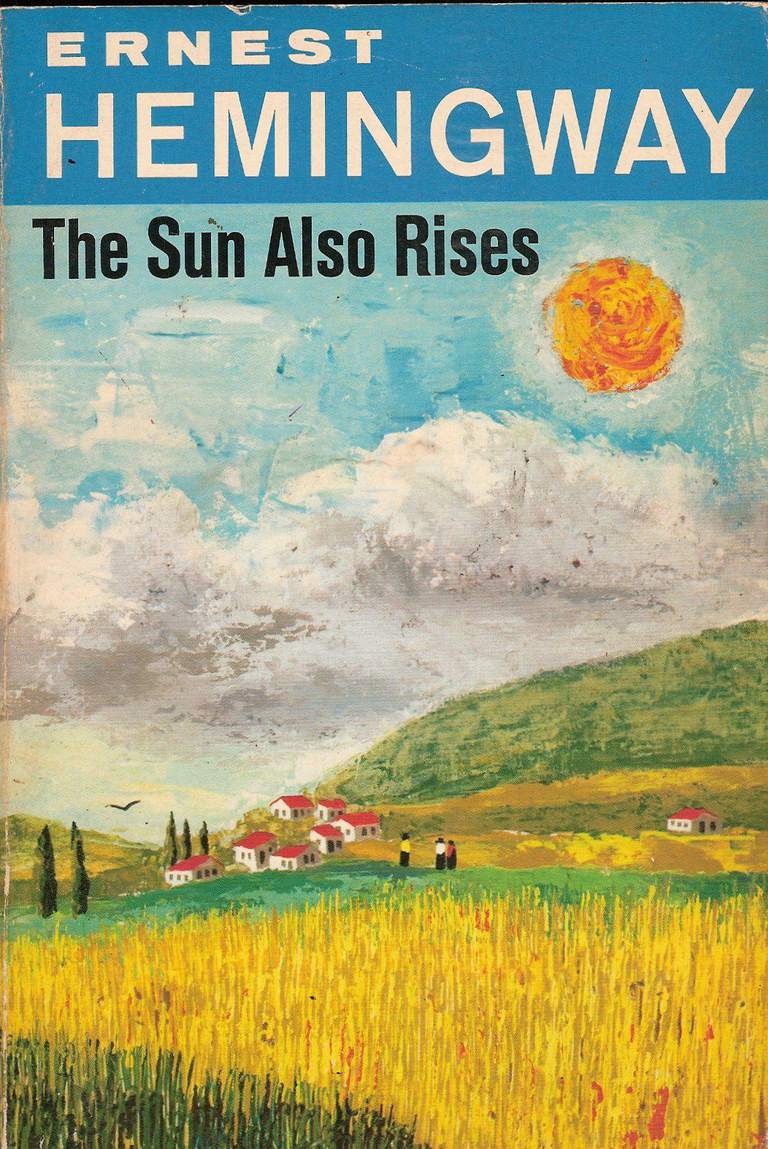
Simon
The Sun Also Rises by Ernest Hemingway
Banned for “being a monument of modern decadence.”
The Sun Also Rises follows Jake Barnes, an American journalist living in Paris, who spends his time avoiding people and griping about a wartime injury that left him impotent. Jake happens to encounter an old flare who treated him while hospitalized, and thus starts a bout of sexual frustration and heavy swilling. He travels to Spain with the love interest, her fiancé, and a Jewish friend (who is also interested in Jake’s crush) for some bullfighting, boozing, and debauchery. I don’t want to spoil the ending, but you probably have a good idea of what happens if you know Hemingway.
It’s easy to see why this book won’t be found in many classrooms: Casual sex, borderline adultery, physical confrontations, maimed genitalia, Antisemitism, drug abuse, and graphic descriptions of gore saturate the novel. It’s a good read.
Any book that was burned en mass by Nazis is fine by me.
We hope you found a few books to add to your fall reading list. And for information that hasn’t been banned anywhere, check out our weekly newsletter, filled with practical and useful marketing tips and trends.
